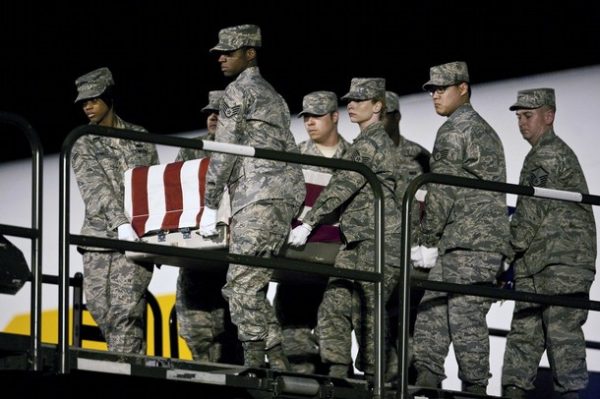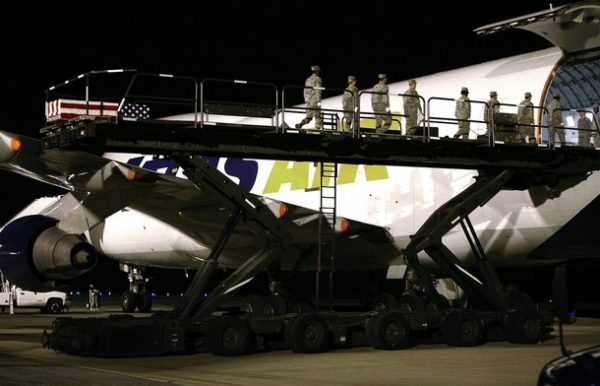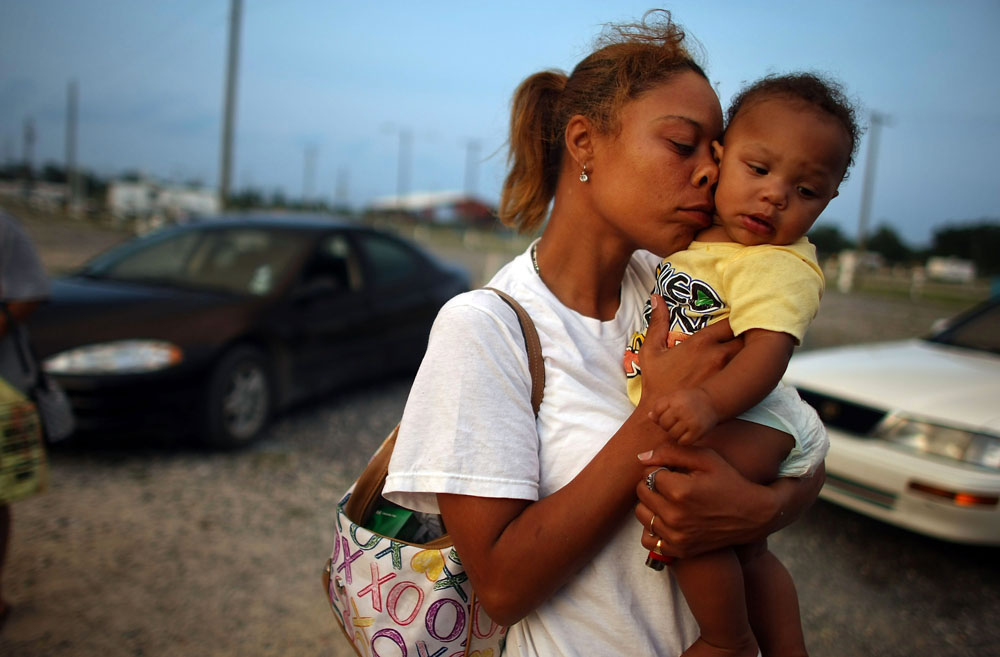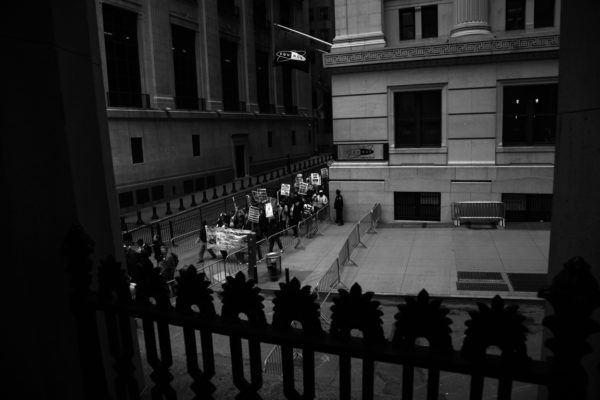Notes
Dover +18

It may be incidental that the first soldier to break the news ban died in Afghanistan (as to opposed to Iraq), but it makes a huge difference in the way I look at this picture.
If it was an Iraq fatality, the significance of this scene — with the Iraq War on the downswing — would be mostly after the fact. Given our engagement in Afghanistan is ramping up, however, the casket actually warns of more to come, and offers a visual boost to the profile of an otherwise “back page” war.
And then, is there some resonance here between the two young African-American soldiers leading the casket — a woman and a man — and images of the President and the First Lady this week embarking for and disembarking in various capitals on Obama’s first Europe trip — especially in light of the violent protests over Iraq and Afghanistan at the NATO summit Obama just concluded in Strasbourg?

Of course, this second image is notable for two extremely strong elements not completely independent of one another. The first — reflecting the outsized scale of America’s military complex — is the enormity of that plane. The other, of course, is how solitary that casket looks as the soldiers walk away.
(image 1: Joshua Roberts/Reuters. caption: Members of the U.S. Air Force carry team prepare to off load a flag-draped transfer case holding the remains of Air Force Staff Sgt. Phillip Meyers of Hopewell, Va. during an arrival ceremony at Dover Air Force Base, April 5, 2009 in Dover, Delaware. Staff Sgt. Phillip Meyers was killed on April 4 by an improvised explosive device in Afghanistan. A new policy that overturns an 18-year ban on news coverage of returning war dead gives families a choice of whether to admit the media to ceremonies at the Air Force Base.image 2: Mark Wilson/Getty Images.)


Reactions
Comments Powered by Disqus